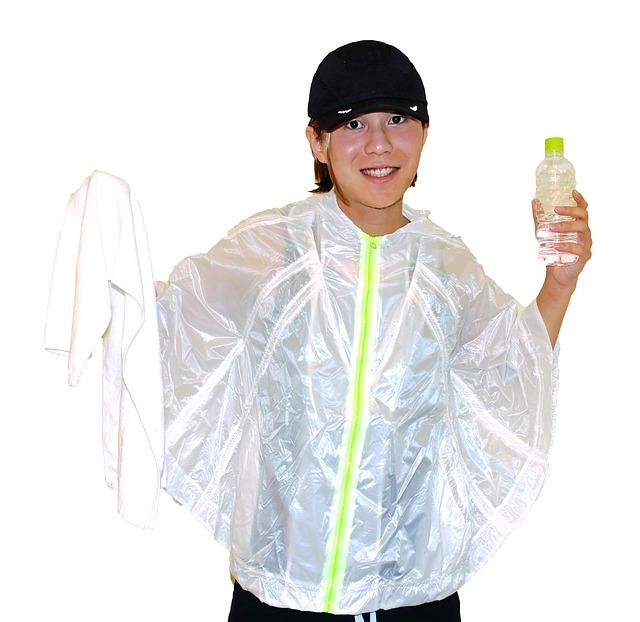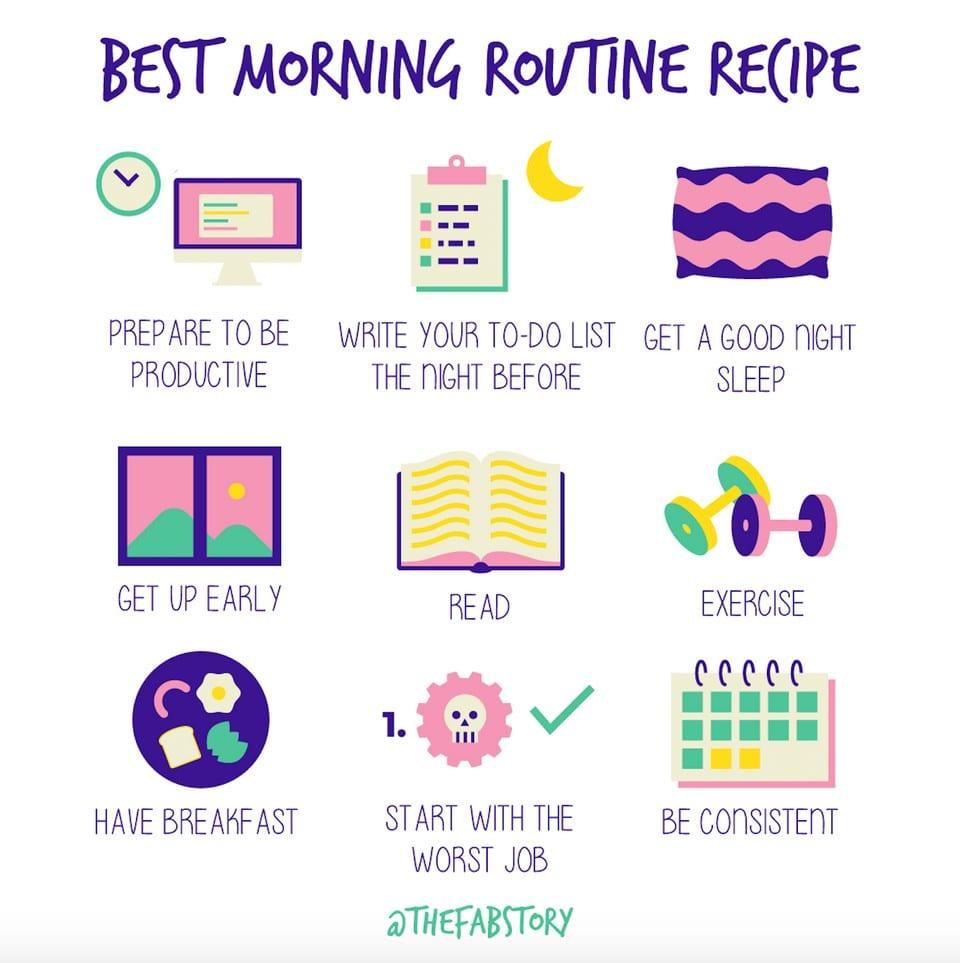Staying hydrated during workouts is not just a recommendation—it’s a fundamental component of any effective fitness regimen. As you push your body to its limits, maintaining optimal hydration levels is crucial to maximizing performance, enhancing endurance, and ensuring overall well-being. Dehydration can quickly diminish your energy, hinder muscle function, and impair recovery, making it imperative to understand the critical role that water plays in your exercise routine. In this article, we will delve into the myriad benefits of staying hydrated during workouts, offering you actionable insights and strategies to keep your body fueled and ready to conquer any physical challenge. Embrace the power of hydration, and unlock your full potential in every workout session.
Understanding the Role of Hydration in Physical Performance
Hydration plays a critical role in optimizing physical performance and ensuring that workouts are both effective and safe. When your body is well-hydrated, it can maintain proper temperature regulation, nutrient transport, and joint lubrication. This allows for smoother and more efficient muscle contractions, which are essential during intense physical activities. Conversely, even mild dehydration can lead to a significant decline in performance, causing muscle cramps, dizziness, and a decrease in strength and endurance. To maximize your workout efficiency, consider these essential hydration tips:
- Pre-hydrate: Start your workout with a well-hydrated body by drinking water consistently throughout the day.
- Monitor Fluid Intake: Aim to drink at least 17-20 ounces of water 2-3 hours before exercising and 7-10 ounces every 10-20 minutes during exercise.
- Post-exercise Replenishment: After your workout, replace lost fluids by drinking 16-24 ounces of water for every pound lost during exercise.
- Electrolyte Balance: Include drinks that replenish electrolytes, especially during long-duration workouts, to maintain sodium and potassium levels.
By understanding and implementing these hydration strategies, you can ensure that your body is primed for peak performance, allowing you to achieve your fitness goals with confidence and vigor.
Identifying Signs of Dehydration to Avoid During Exercise
During your workouts, it’s crucial to be vigilant about your body’s signals that may indicate dehydration. Fatigue and dizziness are early indicators, often dismissed as mere workout exhaustion. If you find yourself feeling unusually tired or light-headed, it might be time to reach for that water bottle. Other signs to watch for include:
- Dark Urine: A telltale sign that your body is lacking fluids. Aim for a pale, straw-like color.
- Dry Mouth and Skin: If your lips or skin feel parched, it’s a clear message from your body to hydrate.
- Increased Heart Rate: Dehydration can cause your heart to work harder, leading to an abnormal increase in pulse.
- Muscle Cramps: A lack of electrolytes and fluids can lead to painful cramps, especially during prolonged exercises.
By recognizing these signs early, you can take immediate action to prevent dehydration and ensure your workout is both effective and safe. Remember, maintaining adequate hydration is not just about performance—it’s essential for your overall well-being.
Optimal Hydration Strategies for Different Types of Workouts
Hydration needs can vary significantly based on the type of workout you’re engaging in. For cardio workouts, such as running or cycling, it’s crucial to drink water regularly to replace fluids lost through sweat. Aim for about 7-10 ounces of water every 10-20 minutes during the workout. For strength training, maintaining hydration helps with muscle recovery and performance. Consider drinking a sports drink that includes electrolytes if your session lasts longer than an hour.
- High-Intensity Interval Training (HIIT): Due to the intense bursts of activity, sip on water during rest periods to maintain hydration without overloading your stomach.
- Yoga and Pilates: These activities might not make you sweat as much, but it’s still important to drink water before and after the session to support flexibility and muscle function.
- Endurance Events: For activities like marathons or triathlons, it’s vital to develop a hydration plan that includes both water and electrolyte-rich drinks to prevent dehydration and maintain stamina.
Choosing the Right Hydration Products for Maximum Efficiency
When selecting hydration products, it’s crucial to focus on those that align with your specific workout needs and personal preferences. Electrolyte-infused beverages can be a great choice, especially for high-intensity or prolonged workouts. These drinks help replenish essential minerals like sodium, potassium, and magnesium that are lost through sweat. Alternatively, if you prefer a more natural approach, coconut water is an excellent option due to its naturally occurring electrolytes and low-calorie content.
For those who prefer supplements, hydration tablets or powders can be added to your water bottle for a quick and effective hydration boost. Consider the following when choosing your hydration product:
- Ingredients: Opt for products with minimal artificial additives and sugars.
- Convenience: Look for easy-to-carry options that fit seamlessly into your workout routine.
- Taste: Choose flavors you enjoy to ensure you maintain regular hydration.
- Purpose: Select products that cater to your specific activity level and workout duration.
By carefully selecting the right hydration product, you can significantly enhance your workout performance and recovery.




